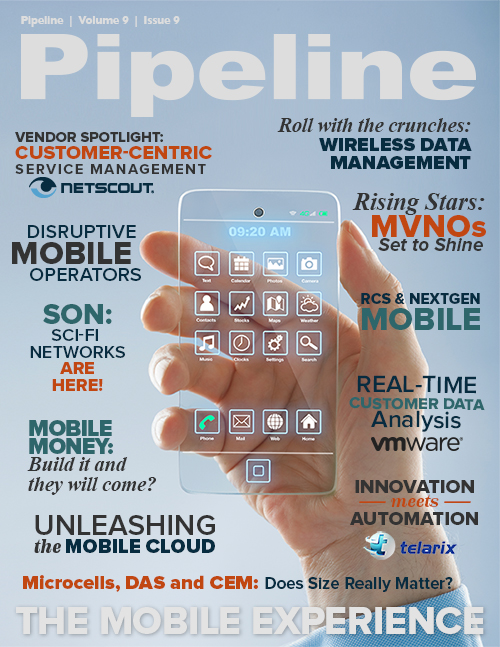Does Size Really Matter? Microcells, DAS and the Customer Experience
In Asia, particularly in South Korea, small cell has been more widely adopted. Due to the country's small geography, it was able to fun fiber to all of its light poles, which provides a handy already installed, backhaul solution.
According to an Infonetics survey of operators, 72 percent of respondents have already deployed small cells, and of that 72 percent, microcells have been deployed the most so far, though picocells
will take the lead next year. The survey also revealed that the top three drivers for deploying small cells are optimization of in-building coverage, optimization of areas of high data usage and
non-expandability of the macro network.More operators plan to deploy DAS and public space femtocells in 2014 than this year, but in an effort to satisfy customer coverage demands, survey respondents plan to deploy significantly more small cells next year in many more locations, including public venues, airports and rail stations, retail malls, hotels, highways, rural areas,
and so on.
When deciding whether microcells or macrocells are the right tool for the job, TE Connectivity’s John Spindler says operators and enterprises should ask themselves a few key questions about the requirements of a specific site: How many users, and how many different carriers will those users be using? What are the capacity needs? How much area needs to be covered?
In November AT&T announced its Project VelocityIP initiative, a three-year, $14 billion investment in network upgrades that includes a healthy dose of DAS and small-cell deployments as a means of squeezing as much out of its LTE network as possible.
Sprint has also been enthusiastic about small cells. “In theory it looks great,” said Sprint CTO Stephen Bye in a speech at GigaOM’s Mobilize 2012 conference last September. “The challenge is the physical deployment.”
The future of the market will likely be a shared ecosystem populated by macrocells and microcells, each with its own job to do. The next evolution from TE Connectivity, to be introduced later this year, is Enhanced DAS, a hybrid system that marries macrocells and microcells in a best-of-both-worlds solution.
“I have never viewed these as competing technologies. I view them as complementary,” says Spindler. “There is no one-size-fits-all solution.”



















